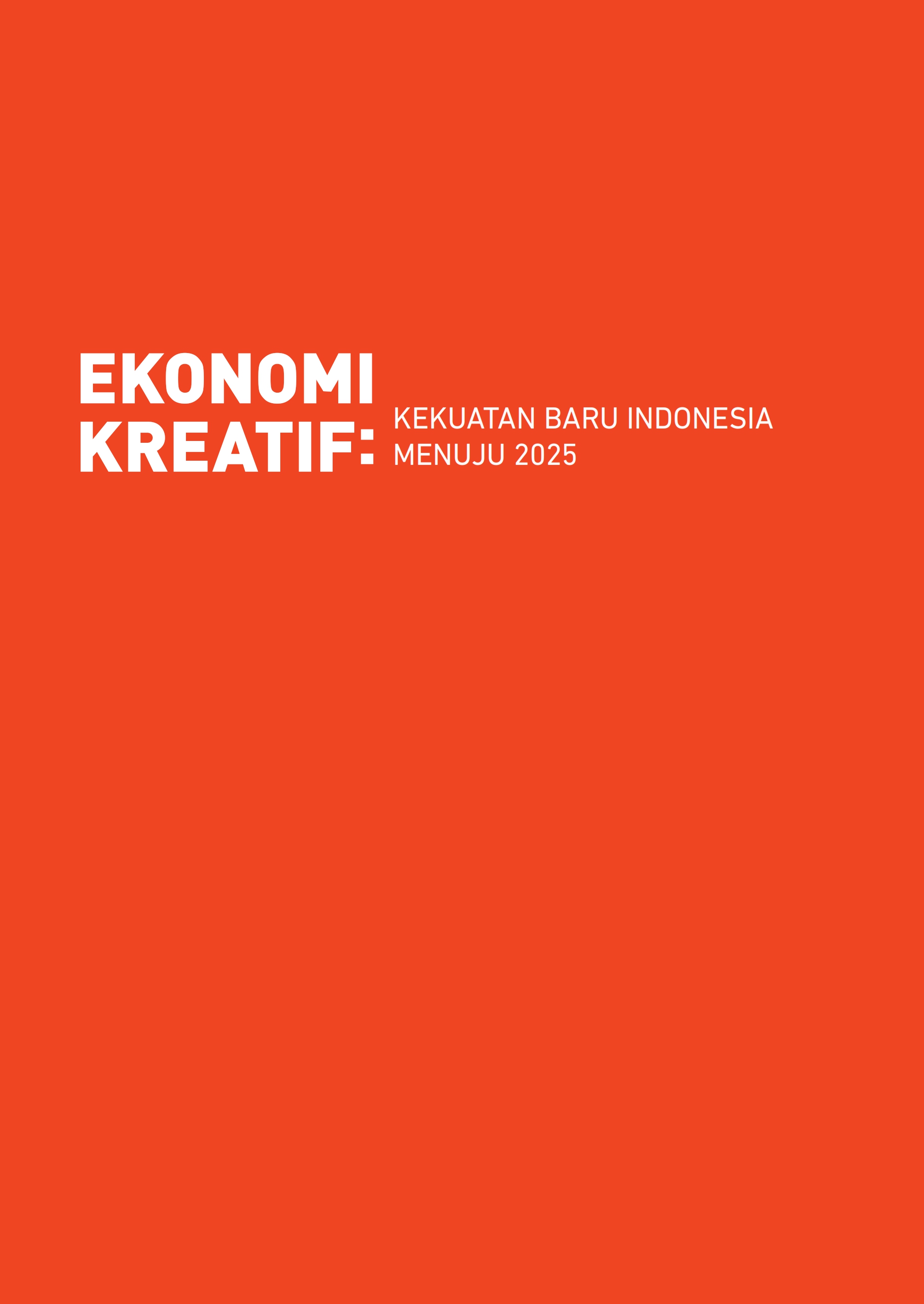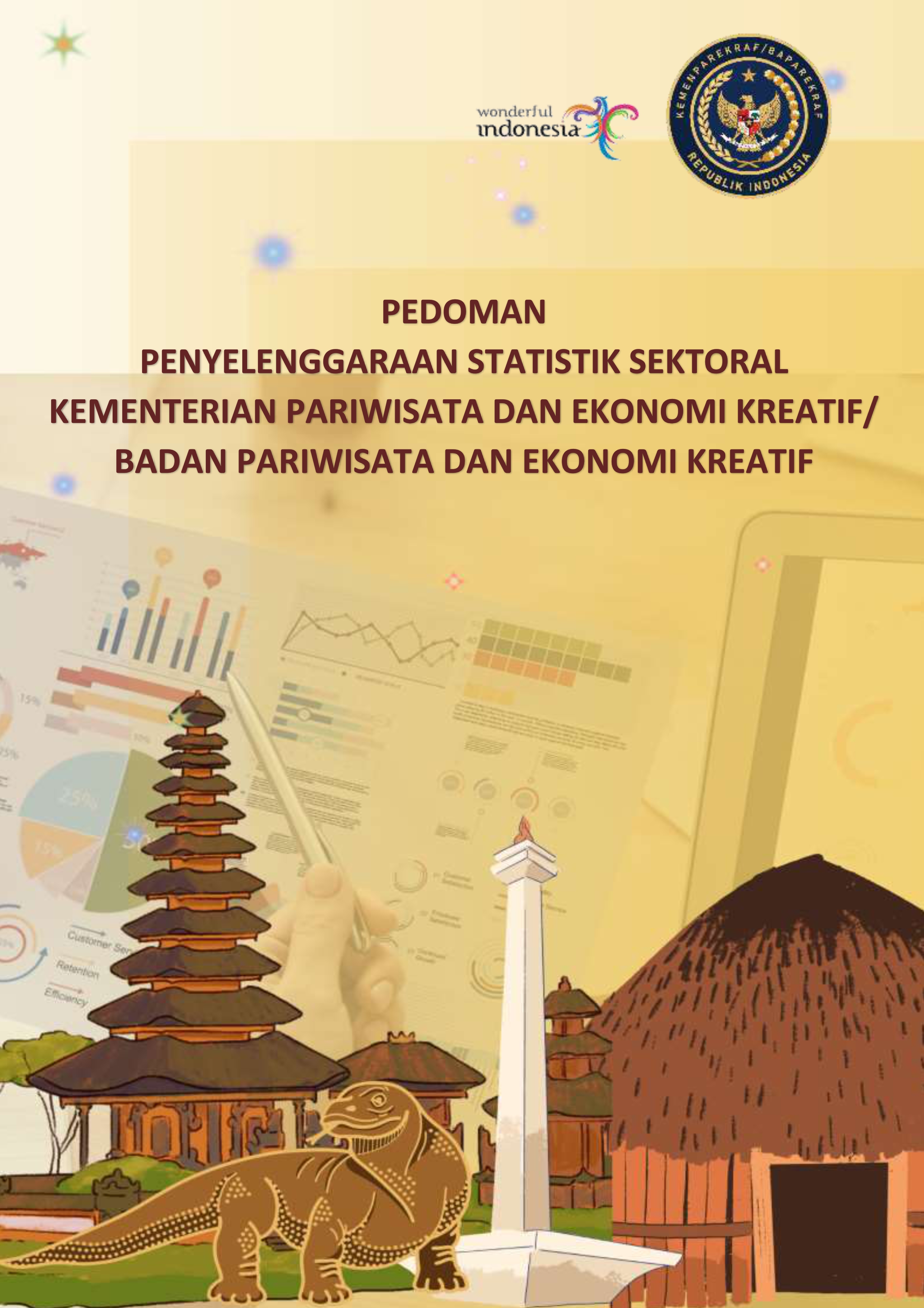Treatment and Management of Fusarium Disease in Wheat
One of the most severe winter wheat (Triticum aestivum L.) diseases is Fusarium head blight (FHB). It is believed that selection for resistance to FHB is better in high disease pressure environments, for which various methods of artificial inoculation are used. The standard spray method of artificial inoculation is believed to be technically demanding and labour intensive. Therefore, scattering Fusarium-infected maize stalks onto trial plots after wheat emergence is suggested as a suitable alternative. The aim of this study was to compare the mean values and heritability of the visual rating index (VRI) and the percentage of Fusarium-damaged kernels (FDK) between the two abovementioned methods of artificial inoculation and natural infection, and to determine the phenotypic correlations between the three methods for the studied traits. The achieved levels of VRI and FDK were comparable for the two methods of artificial inoculation and considerably lower under natural conditions. Heritability for VRI ranged over four years from 0.68 to 0.91 for the spray method, from 0.73 to 0.95 for the infected maize stalks, and from 0.26 to 0.65 for natural infection, whereas for FDK it ranged from 0.56 to 0.85, 0.38 to 0.83, and 0.11 to 0.44 for the three inoculation methods, respectively. The strong positive correlation between the two applied methods of artificial inoculation for studied traits suggests that scattering infected maize stalks could serve as a reliable supplement for the technically and labor-intensive spray method of artificial inoculation.



